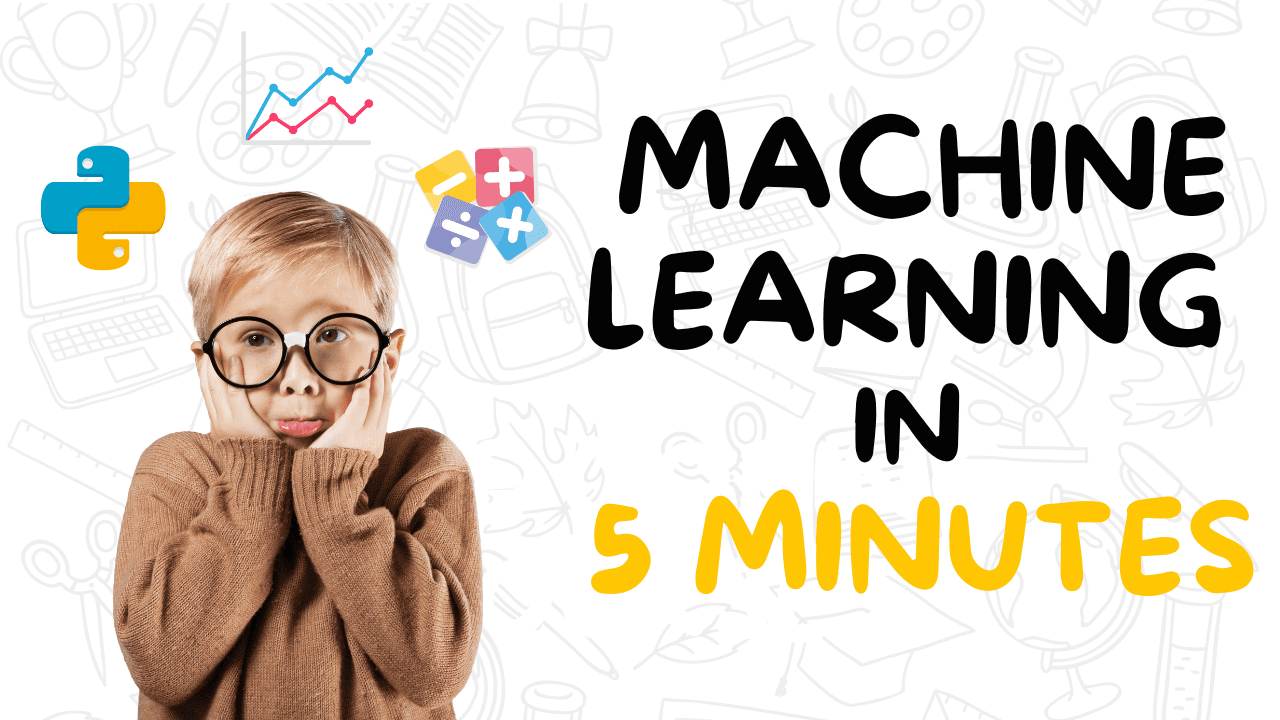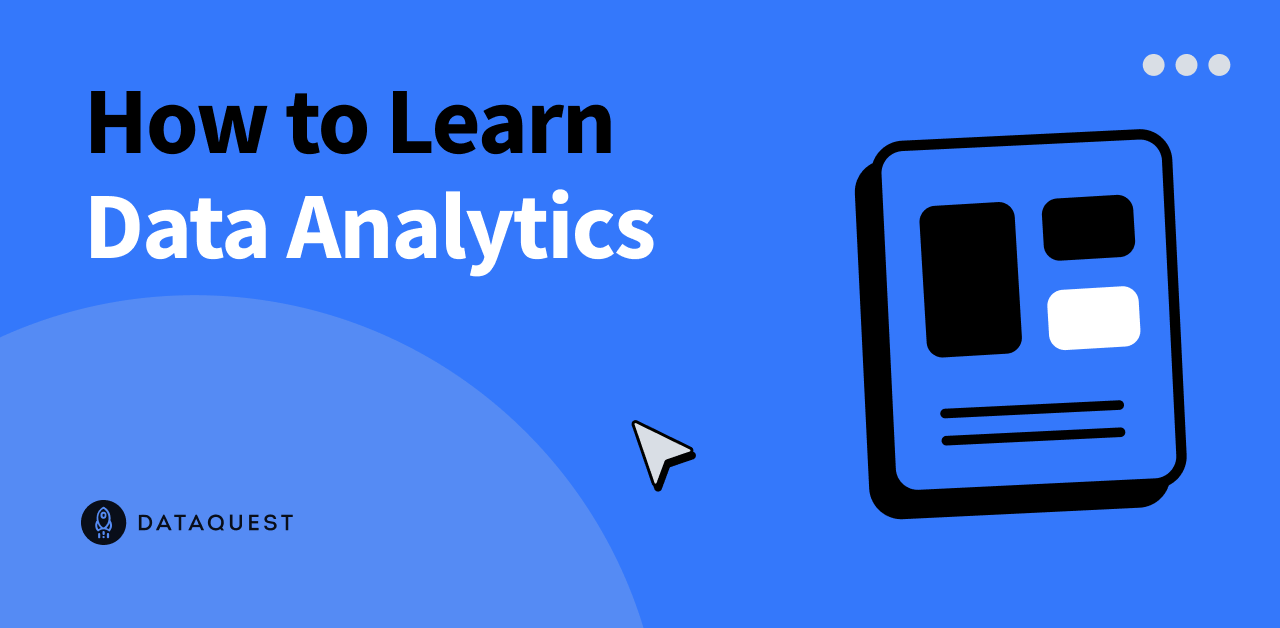Introduction Have you ever been curious about how large amounts of data can be analyzed to uncover hidden patterns and insights? Clustering, a powerful technique in machine learning and data analysis, holds the answer. Clustering algorithms allow us to group data points together based on similarities, which is useful for tasks like customer segmentation and image analysis. In this article, we will explore ten different types of clustering algorithms and their applications.
What is Clustering? Clustering is the process of organizing a diverse collection of data points into subsets where items within each subset are more similar to each other than to those in other subsets. These clusters are defined by common features, attributes, or relationships that may not be immediately obvious. Clustering is important in various applications, such as market segmentation, recommendation systems, anomaly detection, and image segmentation. By identifying natural groupings within data, businesses can target specific customer segments, researchers can categorize species, and computer vision systems can separate objects within images. Therefore, it is crucial to understand the different techniques and algorithms used in clustering to extract valuable insights from complex datasets.
Now, let’s explore the ten different types of clustering algorithms.
A. Centroid-based Clustering Centroid-based clustering algorithms rely on the concept of centroids, or representative points, to define clusters within datasets. These algorithms aim to minimize the distance between data points and their cluster centroids. Two prominent centroid-based clustering algorithms are K-means and K-modes.
1. K-means Clustering K-means is a widely used clustering technique that partitions data into k clusters, where k is pre-defined by the user. It iteratively assigns data points to the nearest centroid and recalculates the centroids until convergence. K-means is efficient and effective for data with numerical attributes.
2. K-modes Clustering (a Categorical Data Clustering Variant) K-modes is an adaptation of K-means specifically designed for categorical data. Instead of using centroids, it employs modes, which represent the most frequent categorical values in each cluster. K-modes is valuable for datasets with non-numeric attributes, providing an efficient means of clustering categorical data effectively.
B. Density-based Clustering Density-based clustering algorithms identify clusters based on the density of data points within a particular region. These algorithms are capable of discovering clusters of varying shapes and sizes, making them suitable for datasets with irregular patterns. Three notable density-based clustering algorithms are DBSCAN, Mean-Shift Clustering, and Affinity Propagation.
1. DBSCAN (Density-Based Spatial Clustering of Applications with Noise) DBSCAN groups data points by identifying dense regions separated by sparser areas. It does not require specifying the number of clusters beforehand and is robust to noise. DBSCAN is particularly suited for datasets with varying cluster densities and arbitrary shapes.
2. Mean-Shift Clustering Mean-Shift clustering identifies clusters by locating the mode of the data distribution, making it effective at finding clusters with non-uniform shapes. It is often used in image segmentation, object tracking, and feature analysis.
3. Affinity Propagation Affinity Propagation is a graph-based clustering algorithm that identifies examples within the data and finds use in various applications, including image and text clustering. It does not require specifying the number of clusters and can effectively identify clusters of varying sizes and shapes.
C. Distribution-based Clustering Distribution-based clustering algorithms model data as probability distributions, assuming that data points originate from a mixture of underlying distributions. These algorithms are particularly effective in identifying clusters with statistical characteristics. Two prominent distribution-based clustering methods are the Gaussian Mixture Model (GMM) and Expectation-Maximization (EM) clustering.
1. Gaussian Mixture Model The Gaussian Mixture Model represents data as a combination of multiple Gaussian distributions. It assumes that the data points are generated from these Gaussian components. GMM can identify clusters with varying shapes and sizes and finds wide use in pattern recognition, density estimation, and data compression.
2. Expectation-Maximization (EM) Clustering The Expectation-Maximization algorithm is an iterative optimization approach used for clustering. It models the data distribution as a mixture of probability distributions, such as Gaussian distributions. EM iteratively updates the parameters of these distributions, aiming to find the best-fit clusters within the data.
D. Hierarchical Clustering Hierarchical clustering arranges data points into a hierarchical structure or dendrogram. It allows for exploring relationships at multiple scales. Spectral Clustering, Birch, and Ward’s Method are three examples of hierarchical clustering algorithms.
1. Spectral Clustering Spectral clustering uses the eigenvectors of a similarity matrix to divide data into clusters. It excels at identifying clusters with irregular shapes and is commonly used in image segmentation, network community detection, and dimensionality reduction.
2. Birch (Balanced Iterative Reducing and Clustering using Hierarchies) Birch is a hierarchical clustering algorithm that constructs a tree-like structure of clusters. It is efficient and suitable for handling large datasets, making it valuable in data mining, pattern recognition, and online learning applications.
3. Ward’s Method (Agglomerative Hierarchical Clustering) Ward’s Method is an agglomerative hierarchical clustering approach. It starts with individual data points and progressively merges clusters to establish a hierarchy. It is frequently used in environmental sciences and biology for taxonomic classifications.
Conclusion Clustering algorithms in machine learning offer a wide range of approaches to categorize data points based on their similarities. Each algorithm has its own advantages and is selected based on the characteristics of the data and the specific problem at hand. By utilizing these clustering tools, data scientists and machine learning professionals can uncover hidden patterns and gain valuable insights from complex datasets.
Source link







![Todoist vs Any.do 2023 [Which is Worth Your Time?]](https://www.cloudwards.net/wp-content/uploads/2021/07/todoist-vs-anydo.png)














